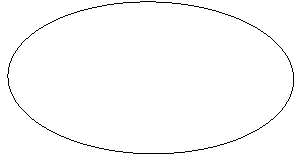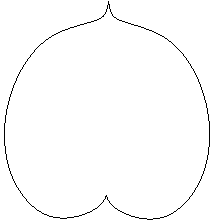Preparation method and product of tuan-shaped white tea (tuan is a Chinese character)
A technology for dough-shaped and white tea, which is applied in the field of "dump-shaped" white tea preparation, can solve the problems of reducing the number of brewing times of white tea, demanding storage conditions, and difficult to grasp the scale, and achieves improved pressure resistance, convenient transportation, and taste absorption. The effect of trait reduction
- Summary
- Abstract
- Description
- Claims
- Application Information
AI Technical Summary
Problems solved by technology
Method used
Image
Examples
Embodiment 1
[0034] The finished Narcissus white loose tea is used as raw material tea, processed figure 1 The ball-shaped "ball-shaped" white tea shown in . Specific steps are as follows:
[0035] 1) Pour the raw tea into a bamboo sieve and spread it thinly for humidification. Humidification is carried out twice, first humidify to "semi-dry and wet", mix well and pile up, so that the water can be fully absorbed into the tea leaves. At the same time, vacuum and cooling measures should be taken to control the temperature of the tea leaves below 18°C. After the water of the first humidification is completely absorbed by the tea leaves, perform the same operation as before and re-humidify once more. The tea leaves are soft and not sticky.
[0036] To humidify and soften raw tea, it is necessary to control the amount and speed of water addition, not only to ensure that the tea leaves fully absorb water and soften it, but also to prevent the loss of tea juice and the loss of beneficial ingre...
Embodiment 2
[0048] Using finished large white tea loose tea as raw material tea, processing figure 2 The ellipsoid-shaped "globe" white tea shown in . Specific steps are as follows:
[0049] 1) Pour the raw tea into a bamboo sieve to thin and humidify. The humidification is carried out in two steps. First, humidify to "semi-dry and wet", mix well and then make a pile. At the same time, control the temperature of the tea leaves to be below 20°C. After the water from the first humidification is completely absorbed by the tea leaves, perform the second humidification. The same as in Example 1, the amount of water added and the speed of addition should be controlled to ensure that the tea leaves fully absorb water and soften, and also prevent the loss of tea juice. For humidification, spray water on the tea leaves and stir them evenly, and then place them in a vacuum environment. The weight gain of the raw tea after humidification is about 20%-30%.
[0050] 2) Use a mold with an ellipso...
Embodiment 3
[0054] Using finished small white tea (loose tea) as raw material tea, processing image 3 The peach-shaped "globe-shaped" white tea shown in . Specific steps are as follows:
[0055] 1) Pour the raw tea into a bamboo sieve to thin and humidify. The humidification is carried out in two steps, first humidify to "semi-dry-wet", mix well and then pile up, place in a vacuum environment, and control the temperature of the tea leaves below 25°C. After the water from the first humidification is completely absorbed by the tea leaves, perform the second humidification. The same as in Example 1, the amount of water added and the speed of addition should be controlled to ensure that the tea leaves fully absorb water and soften, and also prevent the loss of tea juice.
[0056] Humidification is accomplished by moistening the tea leaves with atomized water and then letting them stand. The weight gain of the raw tea after humidification is about 20%-30%.
[0057] 2) Use a mold with a p...
PUM
 Login to View More
Login to View More Abstract
Description
Claims
Application Information
 Login to View More
Login to View More - R&D
- Intellectual Property
- Life Sciences
- Materials
- Tech Scout
- Unparalleled Data Quality
- Higher Quality Content
- 60% Fewer Hallucinations
Browse by: Latest US Patents, China's latest patents, Technical Efficacy Thesaurus, Application Domain, Technology Topic, Popular Technical Reports.
© 2025 PatSnap. All rights reserved.Legal|Privacy policy|Modern Slavery Act Transparency Statement|Sitemap|About US| Contact US: help@patsnap.com



